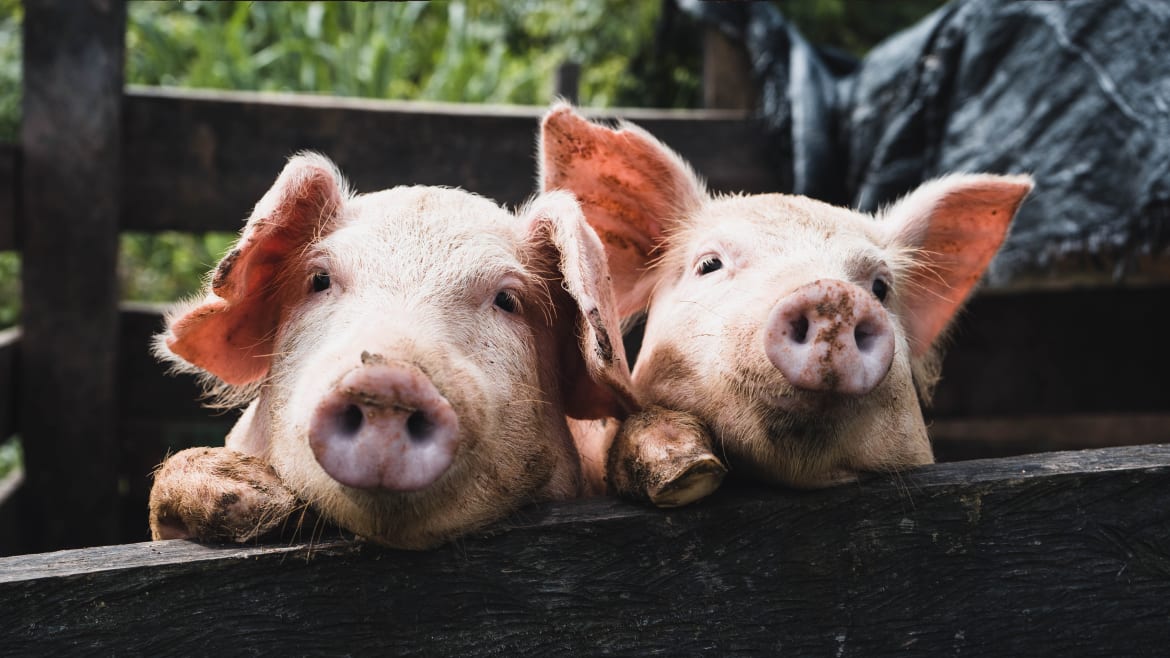 Kenneth Schipper Vera / Unsplash
Kenneth Schipper Vera / UnsplashDying is not very good for the lungs. Besides the lack of oxygenated blood circulating to these very vital organs, the death process leads to the inability to swallow or cough, causing secretions to build up in the lungs and create the characteristic “death rattle.” And in sudden deaths—due to an accident or injury, for example—the lungs can suffer even more damage. If a patient breathes in food or other fluid, widespread inflammation can harm the lungs.
You might be wondering why any of this matters. After all, death is death. But in the case of organ donation, lungs can live on in a recipient after their donor passes. Transplantable organs are in high demand, too: Potential recipients may spend an average of two to three years on a waiting list for a lung transplant. There’s even a national shortage of transplantable organs, in part due to late-stage injuries to otherwise healthy organs.
“To be a donor, someone has to die. The lungs don't tolerate that process very well,” Ciara Shaver, a transplant pulmonary physician at Vanderbilt University Medical Center, told The Daily Beast. “So the reason we can only use between 20 and 30 percent of lungs is there's new damage to lungs that happens within a day or two of someone becoming a donor.”
Got a tip? Send it to The Daily Beast here

 2 years ago
515
2 years ago
515 
















 English (United States) ·
English (United States) ·